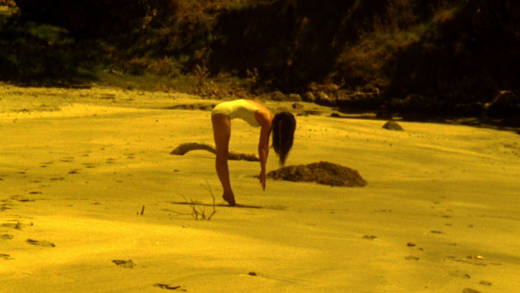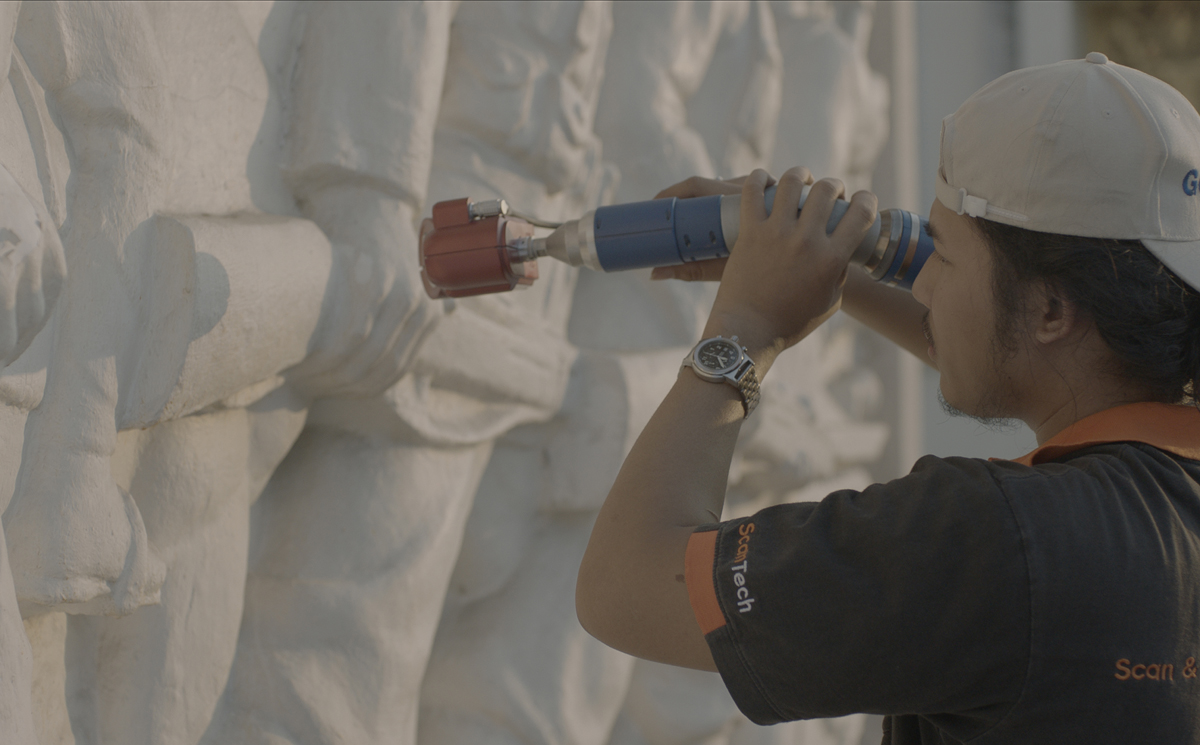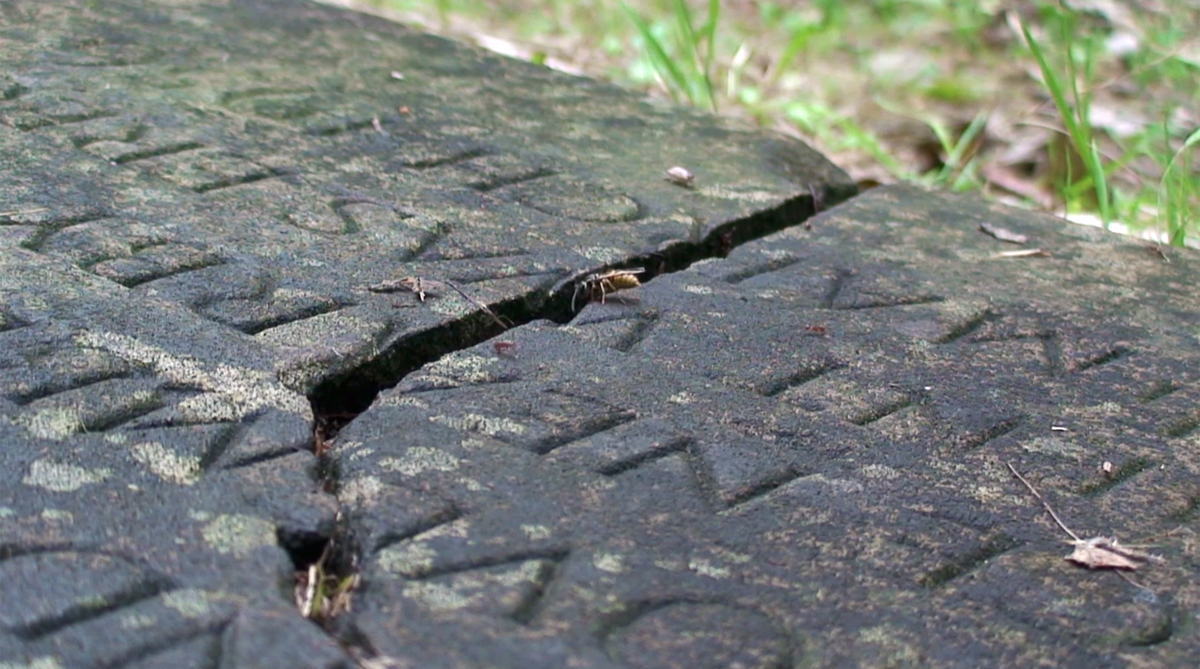American exceptionalism has two sides — a belief not only in the moral infallibility of our country’s founding principles, but that our problems, as a result, are uniquely ours. In KADIST’s current group exhibition If These Stones Could Sing, the ongoing conversation around historical monuments gets some global perspective, thanks to works by six artists based in six different countries.
Central to the exhibition’s organizing principle is a comparison between monuments and bodies. Despite their many differences — monuments are solid, unyielding and seen either upright or toppled, while bodies are fragile, pliable and full of incessant motion — curator Marie Martraire argues that both are capable of memorializing. Perhaps, the show posits, monuments could be more like human bodies.
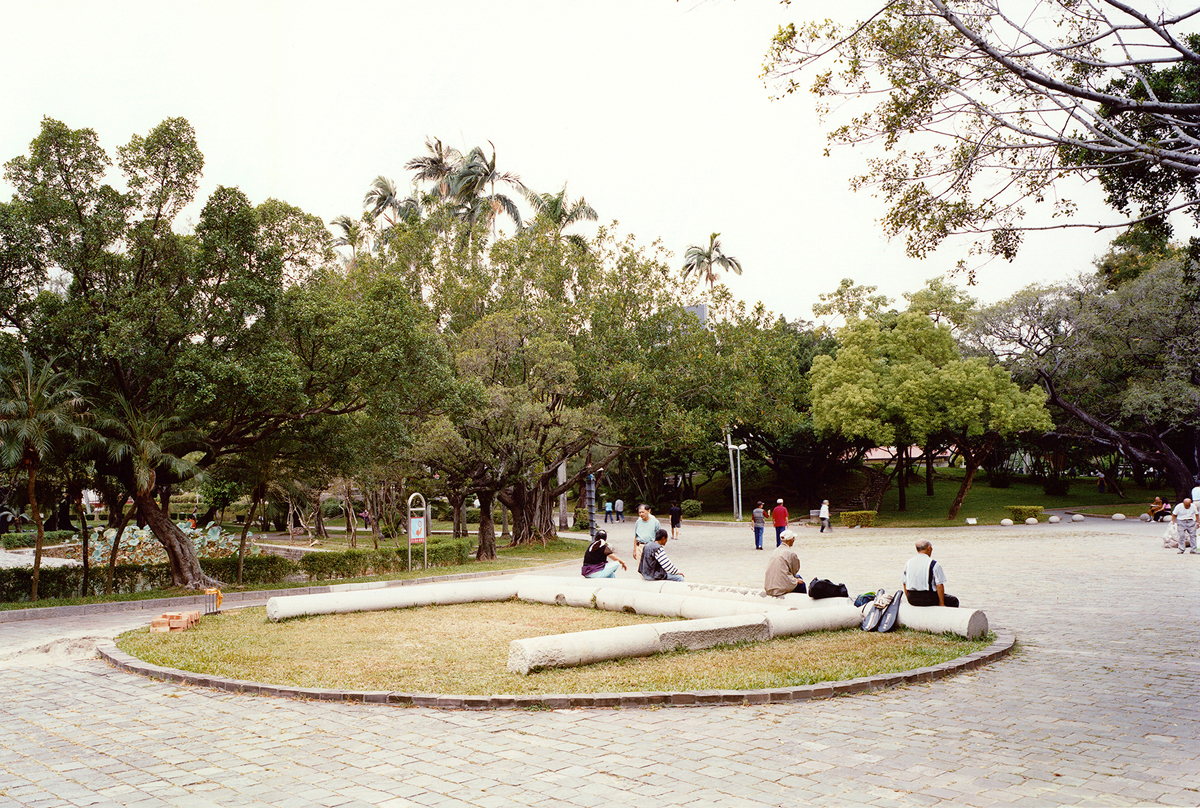
This idea reminds me of a story told about a U.S. task force convened in the early 1980s, which explored how to keep future humans away from nuclear waste repositories. The trick was to devise a method that could last over 10,000 years. Among suggestions for signs in many languages and the breeding of color-changing cats, linguist Thomas Sebeok proposed the creation of an “atomic priesthood” — an order of people who would pass down information through generations, fashioning rituals and myths to warn future humans away from radioactive sites. Human bodies don’t last as long as stone monuments, but without humans there to interpret, stones cease to be meaningful.
Throughout If These Stones Could Sing, artists document once-triumphant monuments in their contemporary reduced states. Shitamichi Motoyuki’s three photographs show torii (Shinto gates) erected in places occupied by Japan during World War II. One stands almost completely concealed in a jungle, another unvisited on a grassy hillside, the third toppled and turned into seating. Through human inattention, the torii have become unmonumental. Once representing gateways between the sacred and mundane, they are now simply mundane.
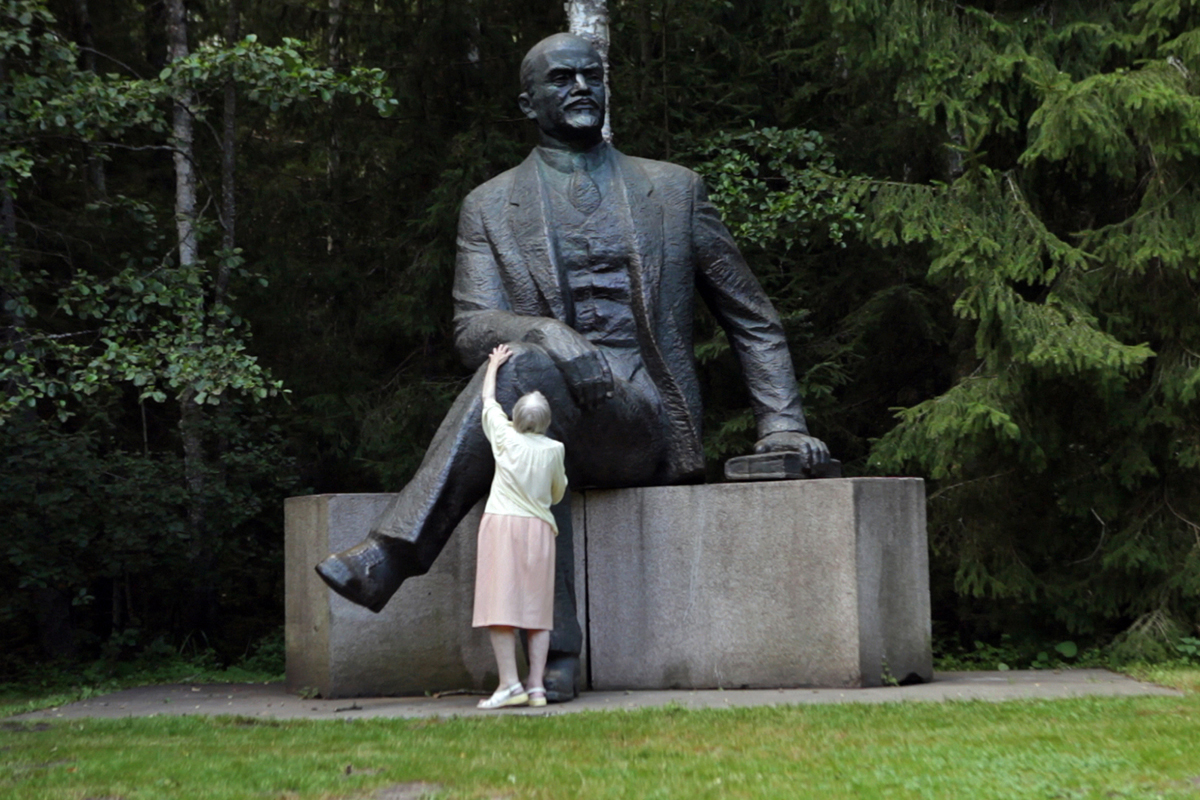
Emilija Škarnulytė’s 2013 video Aldona follows the artist’s grandmother through daily rituals, including a walk in Lithuania’s Grūtas Park. This privately owned outdoor sculpture park contains 86 Soviet-era statues gathered from all over the country. Neither museum nor destruction, the park offers an alternative destination for markers of a painful past. With the statues no longer occupying places of prominence in city centers, Škarnulytė highlights their accessibility as Aldona interacts with them by running her hands across their surfaces.
